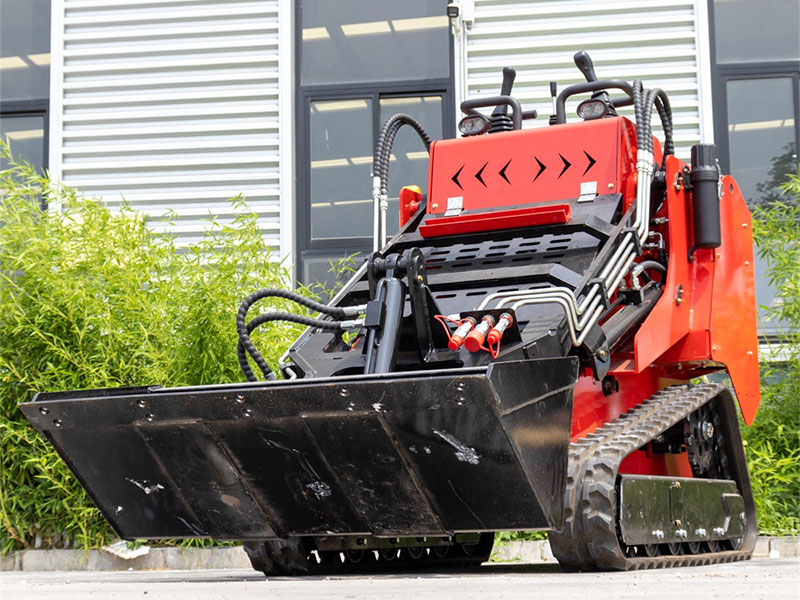As an essential tool in modern decoration and industrial coating, the correct operation of spray equipment not only boosts work efficiency but also ensures construction quality. Let us swiftly master the essentials of spray equipment operation through six straightforward steps.
Step One: Thorough Pre-Operation Inspection
Prior to use, conduct a systematic inspection of the equipment. Pay particular attention to the integrity of the spray gun, nozzle, and paint lines, ensuring all connections are secure and leak-free. Prepare paint and thinner according to the specified ratios in the manual, and ensure all safety equipment—including respirators, gloves, and safety goggles—is readily available. Meticulous preparation effectively eliminates potential hazards, laying a solid foundation for subsequent work.
Step Two: Rigorous Equipment Parameter Adjustment
After filling the paint reservoir with the prepared mixture, scientifically adjust the equipment's pressure, flow rate, and nozzle specification according to the paint's characteristics (such as viscosity and coverage) and the application requirements. Following adjustment, conduct a test spray on a scrap board to observe the atomisation effect and coating uniformity. Should uneven spraying or overspray occur, recalibrate the parameters until the desired outcome is achieved.
Step Three: Mastering Spray Distance and Angle
During formal application, maintain the spray gun perpendicular to the substrate surface, strictly controlling the distance within 30-50 centimetres. Excessive distance causes uneven dispersion, while proximity risks accumulation and sagging. Simultaneously, move the spray gun at a constant speed to avoid inconsistent coating uniformity due to fluctuating speeds.
Step Four: Adhere to Scientific Spraying Sequence
Apply coatings in layers following a ‘top-to-bottom, left-to-right’ sequence. Each subsequent coat should partially overlap the preceding one (typically by one-third of its width). Avoid repeated spraying over the same area to prevent localised thickening that could cause sagging or uneven drying.
Step Five: Thorough Post-Operation Cleaning
Immediately clean equipment after use: first return residual paint, then add dedicated thinner to flush the piping and spray gun until the effluent runs clear. Subsequently disassemble components such as nozzles and filters for separate cleaning. After 100% removal of residual paint, dry thoroughly before reassembly and store in a dry, well-ventilated location.
Step 6: Regular Maintenance
Establish a maintenance schedule. Monthly inspections should assess wear on consumable parts (seals, filters, etc.), replacing them promptly. Regularly lubricate moving components and clean filters and nozzle passages. For extended periods of inactivity, apply rust prevention to critical parts to ensure the equipment remains in stable working condition.



Add message: